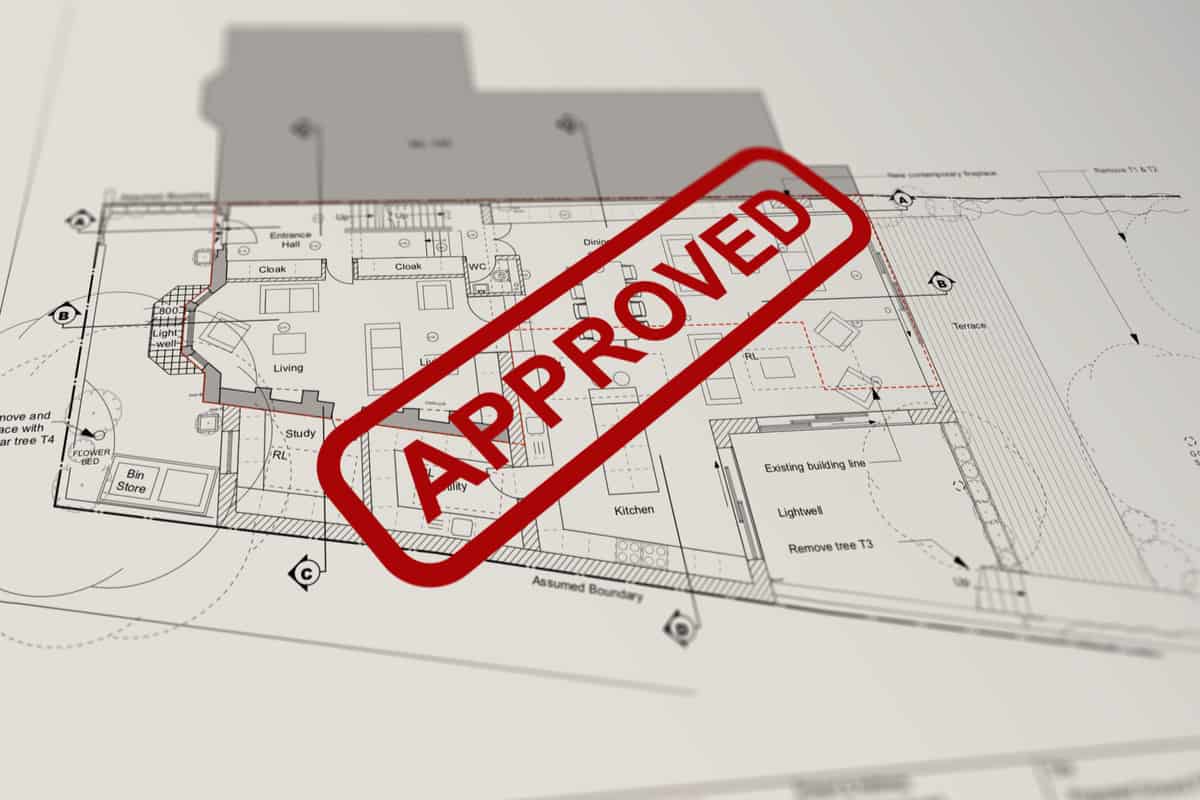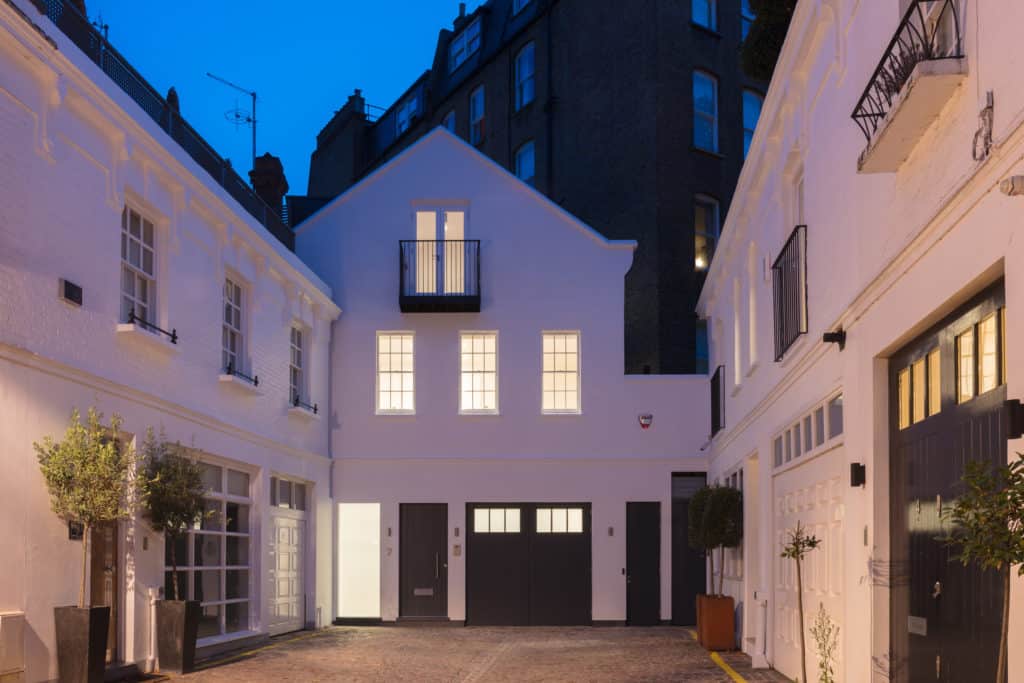BLOG
INTERESTING STUFF
THAT CAUGHT OUR EYE
John’s Advice: What is Planning Permission and Why is it Needed?

In the end, planning permission is no more than a couple of sheets of A4 paper. On those pages are the council’s written approval for works to be carried out on the given site, in accordance with the submitted drawings, within three years.
So much depends upon those little pieces of paper. Finally receiving them is a relief after what can be weeks, months or even years of preparation, negotiation and uncertainty. The attempt to receive planning permission can either be the first step in realising your architectural dreams or a painful end to your journey.
Careful navigation of hundreds of building regulations is required to reach your goal of planning permission. There are national, regional and site-specific requirements and missing just one can be the difference between sailing through or having to start over – if you can afford to.
Why is planning permission needed?
We can’t deny the occasional daydream about an architectural wonderland where we’re free to untether our imaginations and build whatever we want.
But, sadly, the reality would be a disaster. Planning permission exists to ensure that all building works carried out are not detrimental to the aesthetic, people and environment of the surrounding area.
It’s thanks to planning permission that the UK is able to preserve the character of areas with centuries of architectural heritage and a true local spirit. It also allows us to live without fear that our home could end up in the shadow of a neighbour’s development, or worse, damaged by it.
Nowadays, planning permission covers far more than just local concerns. Climate change necessitates sustainable buildings with efficient running costs, while our modern understanding of the delicateness of nature demands minimal ecological impact.
It may sound like too much red tape but, as long as you are cognisant of the requirements and conscientious to your surroundings, the most incredible projects can receive the green light with minimal compromise.
 This conservation area renovation in Earl’s Court proved to be one of our most difficult planning battles, with strict planning restrictions and organised, vocal neighbour objections.
This conservation area renovation in Earl’s Court proved to be one of our most difficult planning battles, with strict planning restrictions and organised, vocal neighbour objections.
Who is involved in receiving planning permission?
At the top is you, and it’s important not to forget that.
Regardless of how many experts you hire to help you and how qualified they may be, responsibility for the planning process and indeed the entire project lies with the owner of the land and/or the property.
That includes any fees for the submission or appeals and any penalties for not complying with the planning permission, on top of the costs for hiring all the relevant parties.
That’s why your first port of call should be an architect – one equipped with knowledge of local regulations, a bulging book of contacts and experience in the type of development you’re pursuing. They’ll be able to take the helm for the planning process, ensuring every box is ticked.
You need to be judicious in your selection. Your architect will be tasked with assembling upwards of ten or more specialists who will provide advice and tests to check their designs are compliant with regulations.
For example, a project in the Royal Borough of Kensington and Chelsea could require over 30 tests, assessments and surveys. These range from acoustic and air quality testing to tree surveys, basement impact and even archaeological assessments.
If any one of these isn’t conducted thoroughly it could hinder or doom your planning application.
At the other end is the planning department of your local council. The planning officers there will consider your application based on its supporting evidence and local building regulations or any other constraints, such as conservation area or listed status.
Your neighbours may also become involved. If enough object to your plans, the application will progress to a Planning Committee. Another potential party are independent inspectors called upon if a failed application goes to appeal, or a panel of architects if a Design Review Panel is required.
Contact Dyer Grimes Architecture if you have any questions about planning permission
At Dyer Grimes Architecture, we’re proud to have a 99% success rate for planning permissions. That’s not from playing it safe either; we always push our clients’ dreams as far as we can and argue their case exhaustively to minimise compromise.
We’re always happy to answer any questions you might have about planning permission.
If you’re ready to talk about your project you can book a private 45 minute zoom consultation with John here.
